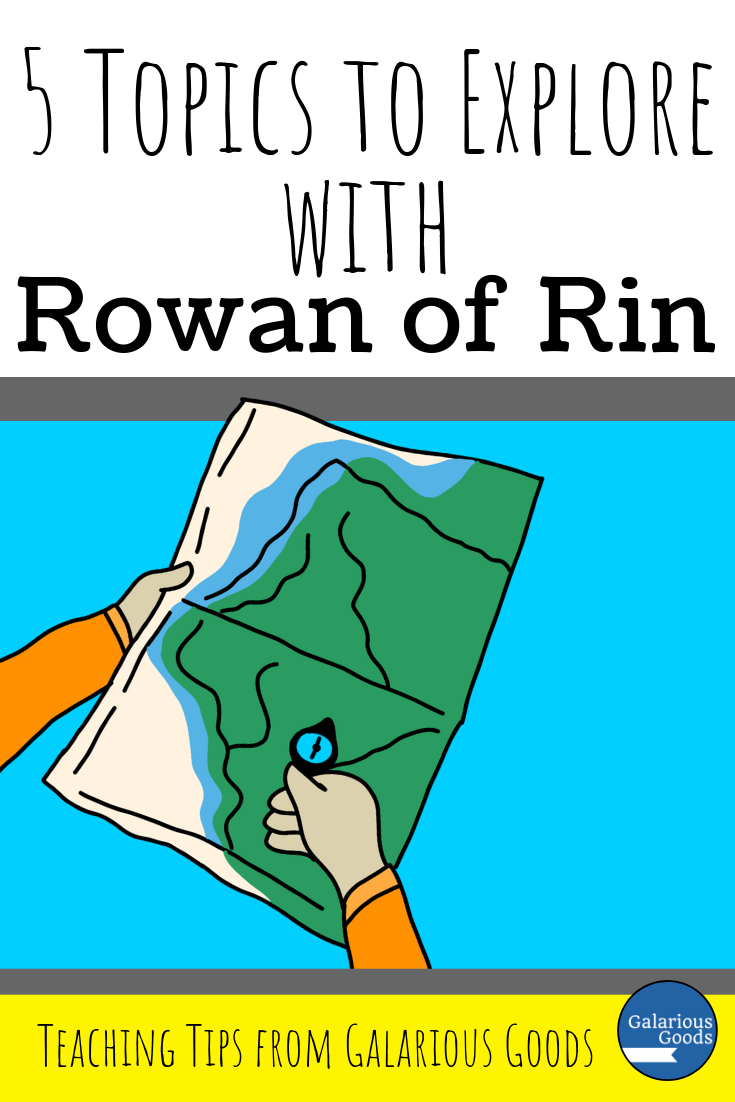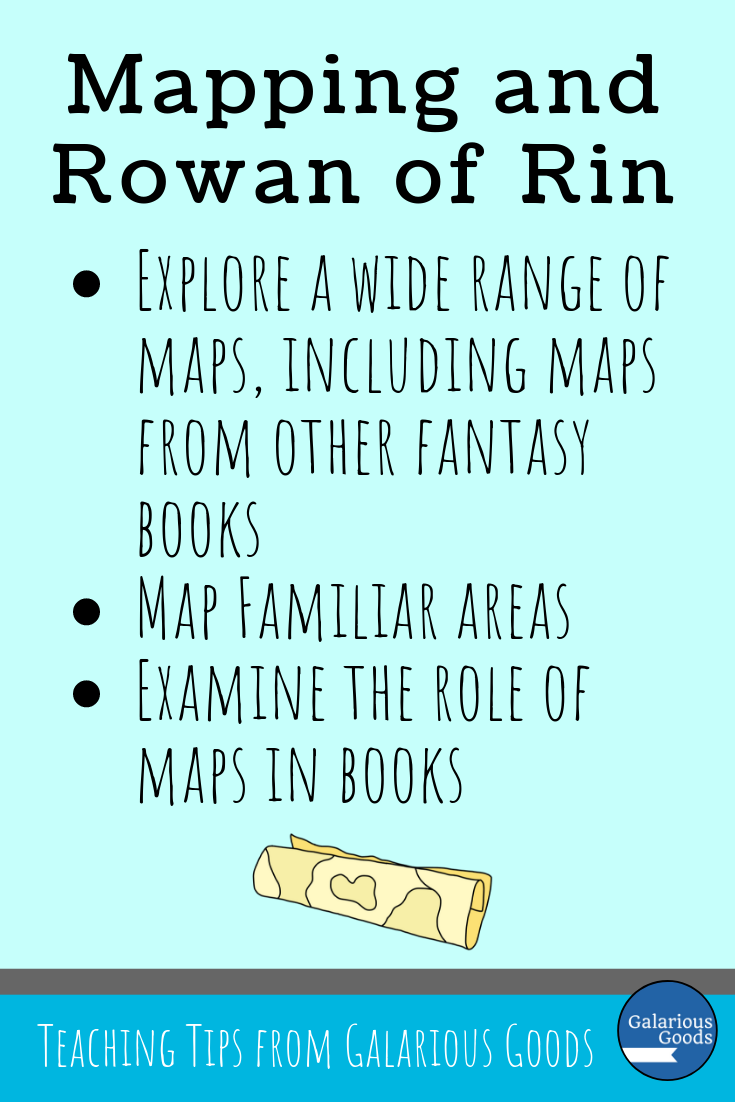5 Topics to Explore with Rowan of Rin
/When you explore a book like Rowan of Rin in the classroom, it can be a little overwhelming knowing where to start. It’s an entirely new world - similar, but different to our own. There’s adventure and fantasy and relationships. And how can we make connections between all of that and the world that our students live in?
Finding real world connections and real world topics to explore can help our students gain a deeper understanding of both Rowan of Rin and how we can use books as a launching pad to gain a deeper understanding of the world around us. Here’s 5 topics you can explore with your class to get you started!
1. Mapping
In Rowan of Rin, a map is the central tool to help Rowan and his fellow villagers in their quest to get to the top of the mountain. But while we don’t usually have magic maps in our world, mapping is a great topic to explore with students.
Students can look at a range of maps, from maps made by early explorers, maps created to help students understand historical events or places, maps used to show weather or maps available on our phones and computers. They can identify similarities and differences between those maps and begin to create a list of features which maps have.
Students can look at maps of their local area and beyond, examining what features they know and how they connect with roads and paths. They can also create their own maps of familiar places - like school, bedrooms, streets, places in their community - or unfamiliar places - like places in books they have read or places which come from their own imagination.
Students can also examine the role of maps in fantasy books like Rowan of Rin. What do these maps tell the reader? Why are they included? How do they help the reader when you are in the middle of the book? How do you create a map of your own fantasy world? (The blog post Cartography Makes Me Cry by the author Tansy Rayner Roberts gives a great insight into the mind of an author creating a map for a fantasy world!)
2. Caring for Animals
Rowan is the bukshah keeper in Rowan of Rin, a role he was supposed to have grown out of, but a role which made him invaluable throughout the journey to the top of the mountain.
Students can look at what qualities are required to be good at caring for animals, whether the animals in question are their own pets, animals in a farm or large animals in different situations. They may like to research people who are famous for working with animals like Steve Irwin or Jane Goodall and explore what qualities made them suited for working with animals.
Students can also explore the different jobs which exist for people who want to work with animals. They can sort and organise the jobs and match them with the qualities required to be good at them.
3. Quests
Rowan is one of a group of people who set off on a quest up the mountain to solve the mystery of the stream drying up in Rowan of Rin. Quests are a common part of fantasy books, including well known books like The Hobbit. But what quests can students explore in real life?
Across history, explorers have set out to find new places - often for reasons to do with money or power. Sometimes the explorers have been solving problems, looking for new trade routes or easier ways to get from one place to another. Sometimes they’ve been searching for something big - a southern land or an inland river. And sometimes they want to be the first to go somewhere - like the quest to be the first people to stand on the moon.
Students can choose an exploration to look at, discovering who was involved in the exploration, what they did to prepare for that exploration and what happened during it. They can look at difficulties faced during the explorations and how they dealt with them. They can also look at the impact of the exploration on people and environments which were already there.
4. Caves
At one point during their quest up the mountain, Rowan finds himself in a cave. Caves are fascinating places to learn about, and students can gain a better understanding of Rowan of Rin by exploring real life caves.
Students can look at what defines a cave, what features they have and how people have found them over the years. They can create representations of cave features, including stalagmites and stalactites and how they are created. If you have space in your classroom, they can even turn a section into a cave!
Students can explore some of the famous and spectacular caves around the world - from ice caves, to caves filled with crystals to caves filled with glow worms. They can create posters or displays of these caves (matching them to world maps to bring two topics together!) write about the features or create material encouraging tourists to come and visit the caves.
Students can also explore how people have used caves over history, including using caves as shelter, as a source of minerals, as burial sites or as religious places.
5. Dragons
Many of the people of Rin are convinced that there is a dragon at the top of the mountain. While dragons are (probably!) fictional, representations of dragons have been common around the world throughout history.
Dragons appear in stories from as early as the Ancient Sumerians and Egyptians. Early on, they were seen as sometimes protective and sometimes dangerous creatures, but later on European tradition turned dragons into the fire breathing monsters to be slayed which we see so commonly in western myths and modern stories.
Students can explore the different dragons who appear in modern stories, from the treasure hoarding Smaug to the cute, but potentially dangerous Norbert the Norwegian Ridgeback. They can then compare these dragons back to the stories which surround the village of Rin.
They can also look at the role of dragons in Chinese stories and beliefs, where dragons are the top of the animal hierarchy. They can explore some of the stories about dragons and how people include dragons in their celebrations today.

















